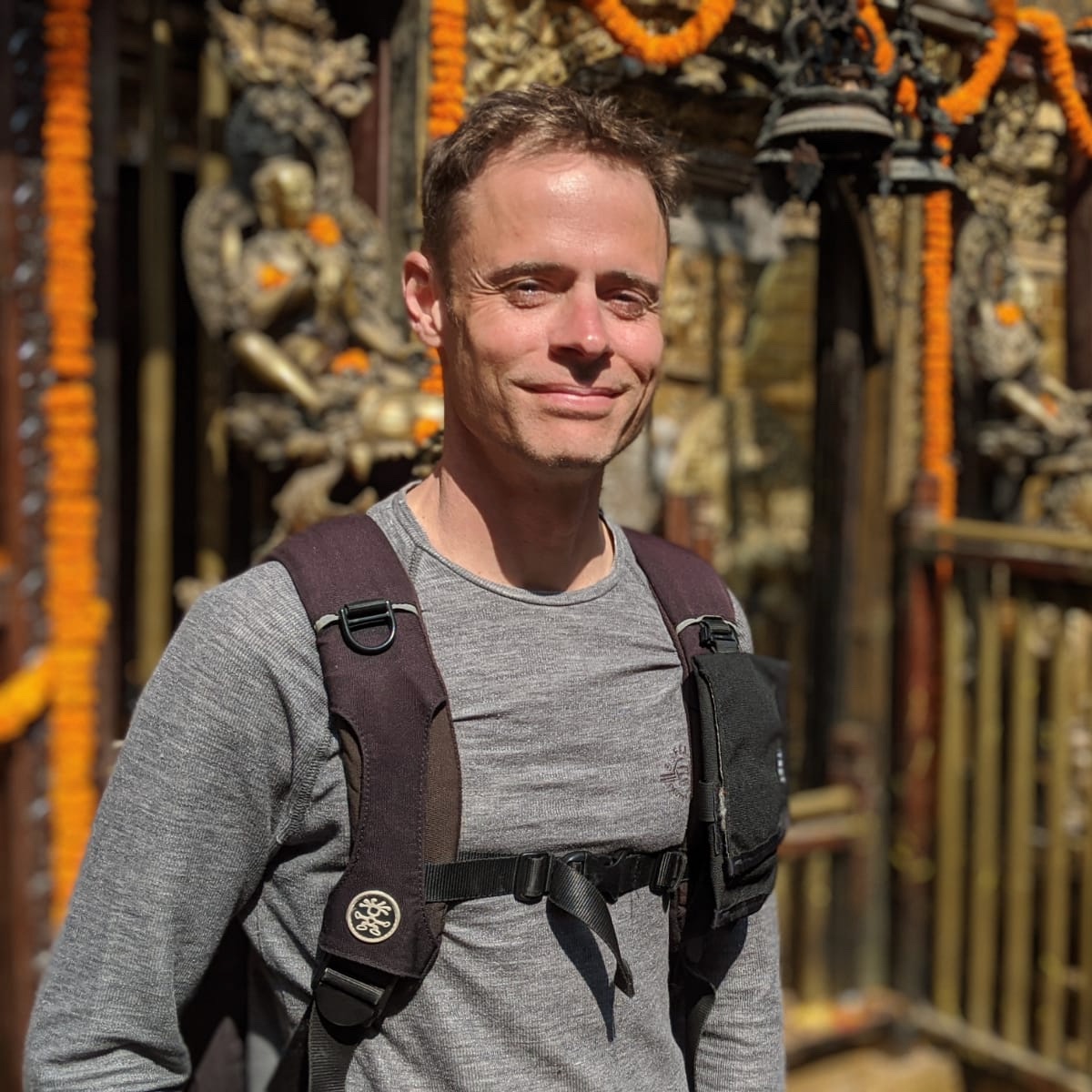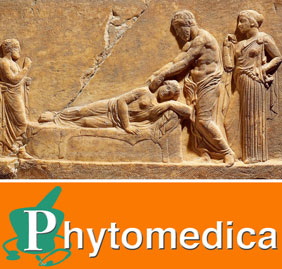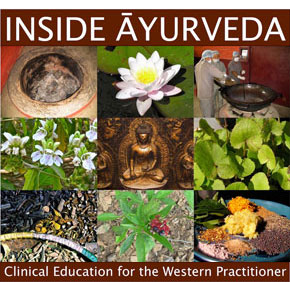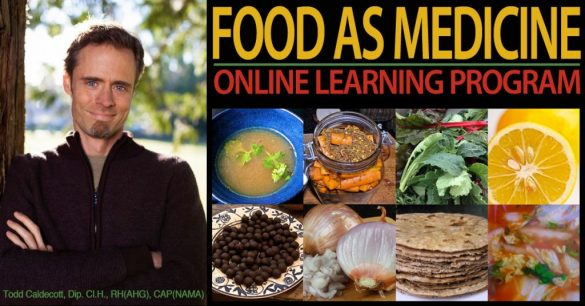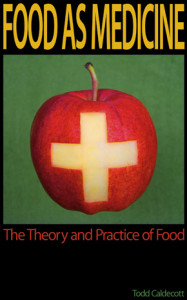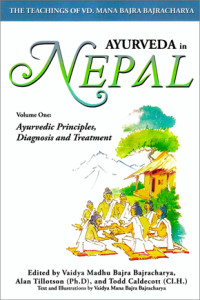Recently I was given a review copy of Simon Fairlie’s new book entitled Meat: A Benign Extravagance, published by Chelsea Green (2010), right around the same time I wrote what some might consider a rather controversial blog on the subject of meat on urbandiner. The issue of eating meat is a touchy one, especially here in Vancouver – a trend-setting city that has more than it’s share of anti-meat advocates, who inspired by films such as Forks Over Knives, have come to equate meat-eating with everything that’s bad in the world: from agricultural run-off and global warming, to cardiovascular disease and cancer.
And it is a media campaign they seem to be winning, as everywhere one looks the idea of eating meat and especially red meat is thoroughly denounced. The problem with these claims however is that when they are examined more closely, they begin to fall apart. For example: the much promulgated but nonetheless erroneous notion that saturated fat consumption is associated with an increased risk of heart disease. Refuting each one of these arguments however, often with people that have a pre-existing bias or claim the moral high ground, can be a rather tiring enterprise. How refreshing it was then to receive Mr. Fairlie’s well-researched exegesis on the subject of meat.
As a farmer passionately invested in the concept and practice of permaculture, Simon Fairlie brings a kind of holism to the subject of his inquiry that can only be borne from experience. Fortified by hundreds of references he meticulously examines the issue of meat, not from a health or ethical perspective, but by looking at the issue of environmental impact and sustainability. And in the process Fairlie invariably encounters more than a few sacred cows. For example, most people familiar with the anti-meat argument have heard that it takes at least ten times more energy to produce meat than cereals. The conventional logic is that if we switched out animal protein for vegetable protein we could feed ten times more people. Simon Fairlie shows us however that the assumptions of this 10:1 ratio are highly simplistic. For one thing, most livestock are fed otherwise inedible food crops and forage on inedible wild grasses and plants. The 10:1 ratio also doesn’t take into account factors such as the difference in nutrient bioavailability between meat and cereals, nor the economic value of non-food animal products such as manure, leather, soap, pharmaceuticals, glue and fertilizer. Contrary to what we have been told in the media, Fairlie show us that the 10:1 ratio usually cited for the conversion of edible cereals to meat is actually more like 1.4:1 (p.32) – which is a big difference. This is only one example of the many facts that Fairlie uses to undermine the assumption that livestock and meat production necessarily promotes waste and inefficiency. In Meat, Fairlie weaves a compelling argument that livestock farming actually adds value to the land, and is an integral component of sustainable agriculture. Fairlie shows us that meat production in essence is a secondary function of holistic farming: a gift of land, and is at the very worst, a “benign extravagance”.
While Fairlie tackles the most inflated arguments against meat production, his strongest critique is reserved for industrial agriculture, which leverages the use of petroleum to produce a kind of meat that is by any measure non-sustainable. Thus when Fairlie talks about meat as a “benign extravagance” this is not the kind of meat he refers to. Perhaps because he is a former vegan, in his arguments we find a nuanced and sophisticated position: someone who has truly looked at both sides of the issue. As a herbalist clinician I too appreciate the importance of a balanced perspective, seeing the value of plenty of vegetation in the diet, but also the utility of meat and animal products: in the health of children, women, during pregnancy, in the aging, and in specific health conditions such as anemia, osteoporosis, immunodeficiency and diabetes. As I discuss in my book, Food As Medicine, meat and animal products have always been a part of the human diet, and in many ways is the one food that defines us as a species. What else allowed for the evolution of our large brains, much larger than our primate cousins, if not for the high-density nutrition of animal products? Like Fairlie, I appreciate where vegans are going with some of their arguments, but I also understand that there is no eating without some sacrifice. We are born from food and we return to food. In the end, all we have in the vegan argument is the idea that eating meat is inherently wrong, which is less of a scientific or rational conclusion than something more akin to religion. For too long eating meat has been synonymous with not caring about the environment, of not being a good citizen of the earth. For those who are made to feel guilty for eating meat, Simon Fairlie’s book is a welcome and insightful resource in a debate that often suffers from too much prejudice, confusion, and outright error.

